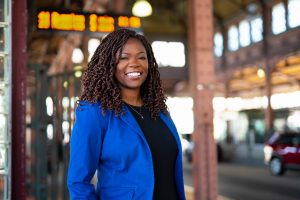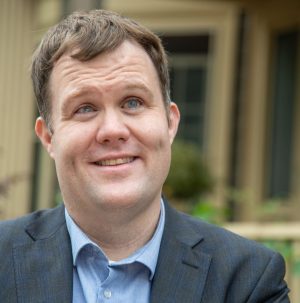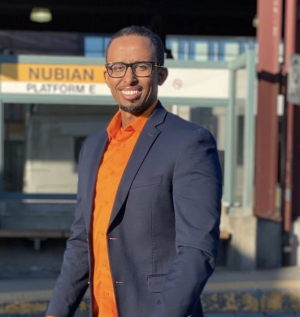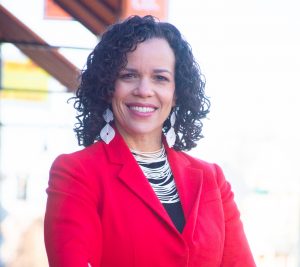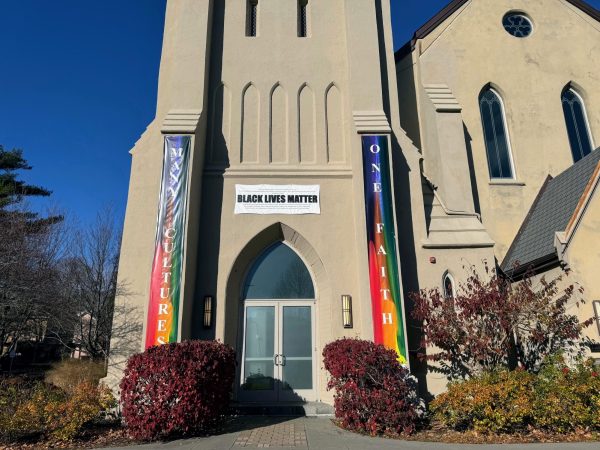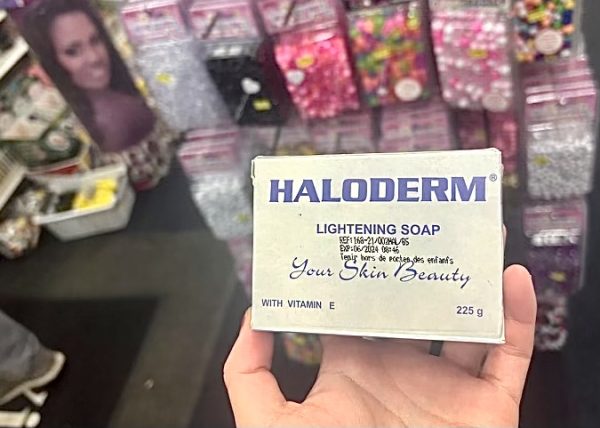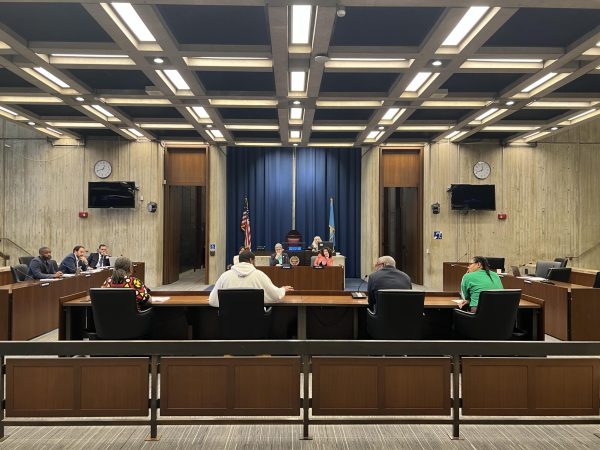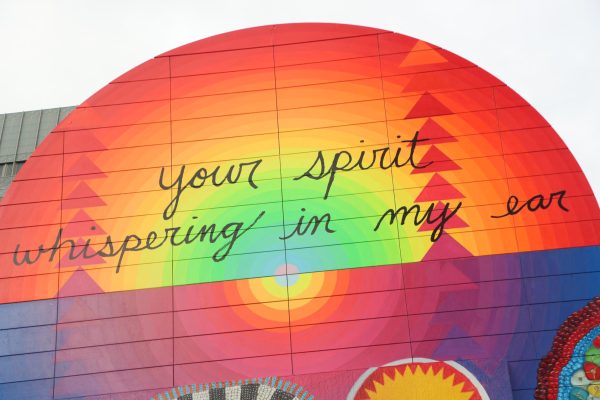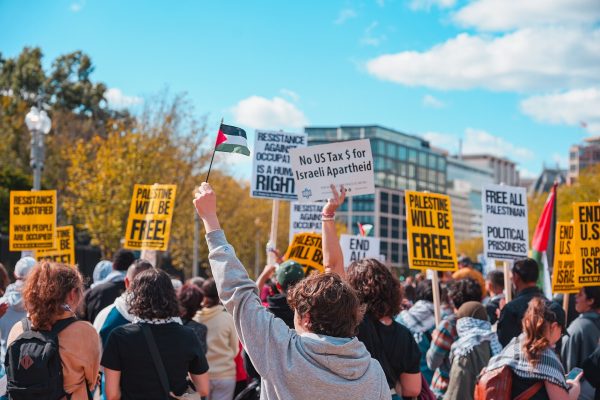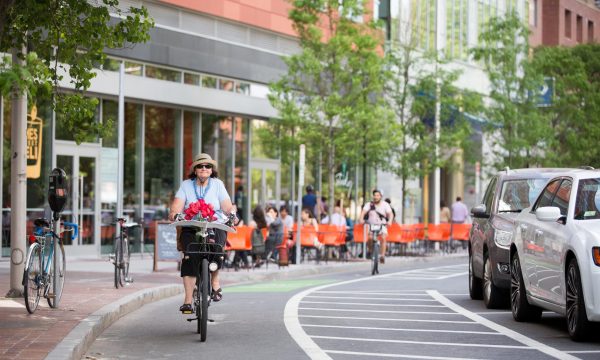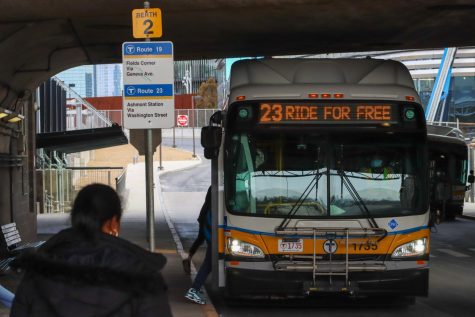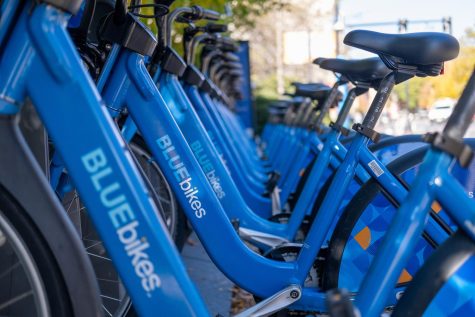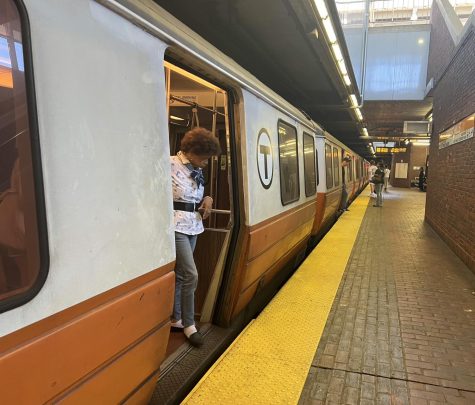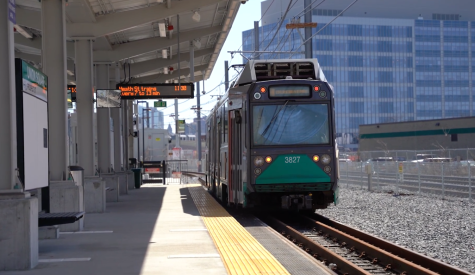‘It’s a really daunting situation’ — Meet the advocacy groups working to make Boston more walkable
Local advocacy groups are partnering to make Boston a more walkable city one step at a time. Rather than inventing a new transit system to do it, they’re encouraging Boston to revitalize the access routes it had hundreds of years ago instead.
Karen Mauney-Brodek is president of the Emerald Necklace Conservancy, a non-profit organization that maintains Boston’s park system, collectively called the Emerald Necklace. She explained that 19th century architect Frederick Law Olmsted meticulously crafted Boston’s green spaces.
Olmsted, the same man who designed Central Park in New York City, designed the Emerald Necklace as an interconnected park system, easily traversable for walkers, bikers and those riding carriages or horses. Mauney-Brodek said that our modern transit system no longer prioritizes people like it used to.
“In the last 50 years, the country has really invested in a transportation infrastructure for cars,” Mauney-Brodek said. “And so now we need to make sure we’re also investing in access for people that are walking and biking.”
But the Emerald Necklace Conservancy can’t make these systemic changes all by themselves. So they’ve partnered with many organizations, including the Charlesgate Alliance, a group aiming to better integrate the Kenmore, Back Bay and Fenway neighborhoods. Together, these groups want to create a tangible plan to make Boston’s transit system more people-focused.
Through their collaboration, a large-scale initiative to improve the Charlesgate region called the Charlesgate Revitalization Project, these advocacy groups are encouraging the Massachusetts Department of Transportation, or D.O.T, to rebuild a nearby bridge — the Bowker Overpass.
Parker James, a board member of the Charlesgate Alliance, explained that the overpass is uninviting and dangerous for pedestrians.
“There’s a very narrow concrete sidewalk and then four lanes of fast-moving traffic, so it is neither inviting nor safe,” James said. “So, it’s a really daunting situation.”
But not all hope is lost. To allow pedestrians of all modes and abilities to access and use the Bowker overpass easily, they’re lobbying the D.O.T to reconstruct the overpass to be twice as wide, allowing room for trees, walkers, bikers, and more.
“Everyone will benefit,” James said. “There’s absolutely no downside to doing this right.”
This video is a part of a transit justice series produced in Jody Santos’ course “Video News Reporting and Producing” at Northeastern University. Over the course of the semester, students will be producing news packages addressing climate and transit justice within Greater Boston.


